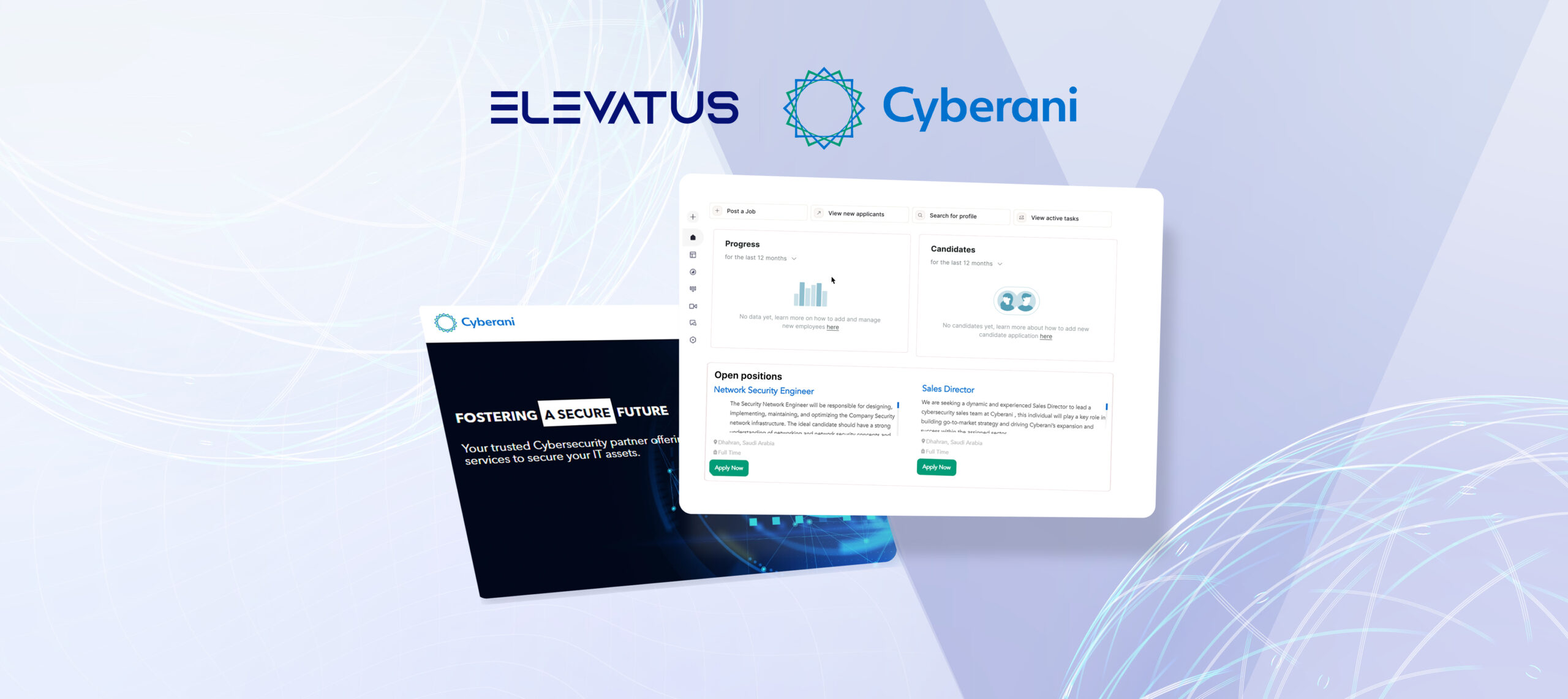
Blended workforce meaning
September 22, 2023
Reem Al-Tamimi
Content Writer
A blended workforce embodies workforce diversity by combining full-time, part-time, temporary staff, independent contractors, and freelancers. This flexible approach enhances adaptability, tapping into varied expertise while optimizing resource allocation. It also empowers organizations to dynamically respond to needs and innovate, fostering a versatile and agile work environment.
Advantages of a blended workforce
A blended workforce presents a strategic approach that offers advantages to both employers and employees. This dynamic arrangement combines various employment types, yielding a range of benefits:
Advantages for Employers:
- Agile Workforce Scaling: The ability to swiftly expand or contract the workforce based on operational needs and market fluctuations.
- Adaptability: Flexibility to respond to changing work demands, ensuring optimal resource allocation and operational efficiency.
- Access to Diverse Skills: Leveraging a broad talent pool with varied expertise, fostering innovation and improved problem-solving.
- Cost Efficiency: Reduced financial burden by providing benefits only to full-time employees, leading to potential savings.
Advantages for Employees:
- Flexible Work Schedule: Embracing a work-life balance by enabling part-time or remote work, accommodating personal commitments and preferences.
- Freedom of Choice: Greater autonomy in selecting employers and projects, aligning work with personal interests and skill sets.
- Diversity in Work Conditions: Exposure to various industries, projects, and work cultures, enriching professional experiences.
- Varied Relationships: Building a network of connections through different work arrangements, enhancing career growth and adaptability.
Disadvantages of a blended workforce
The main downside of a blended workforce, which includes different types of employees, is that some workers might not feel as connected. This can lead to less support and engagement for these workers. In one group called “independent gig workers,” like freelancers, people have more freedom and tend to feel more engaged. But in another group called “contingent gig workers,” like temporary staff, people are treated more like regular employees without the same benefits or stability. This can make them feel less happy and less free to do their best. So, even though a blended workforce might save money upfront, it could end up costing more in the long run if workers aren’t satisfied and leave their jobs.
Turn top talent to employees fast
Hire, assess, onboard and manage top talent for every job. See how Elevatus streamlines everything; from acquire to new hire.
Request a demoAuthor
Reem Al-Tamimi
Don't miss a thing!
Stay one step ahead. Subscribe and get the latest updates, news, and insights from Elevatus straight to your inbox.





